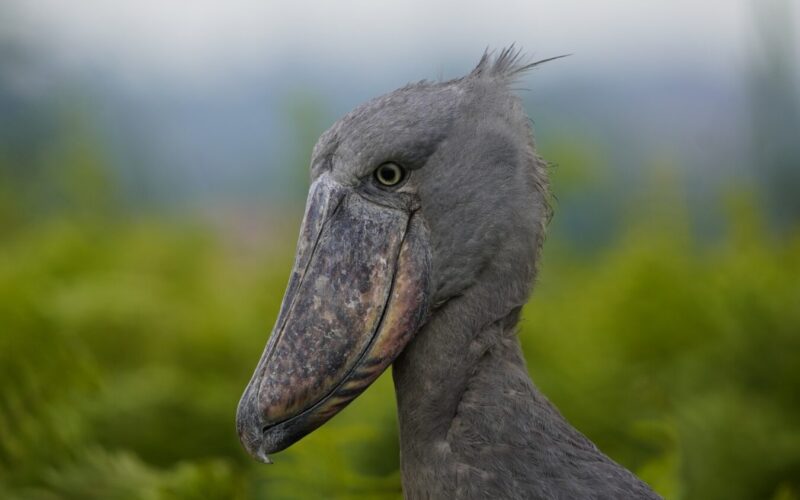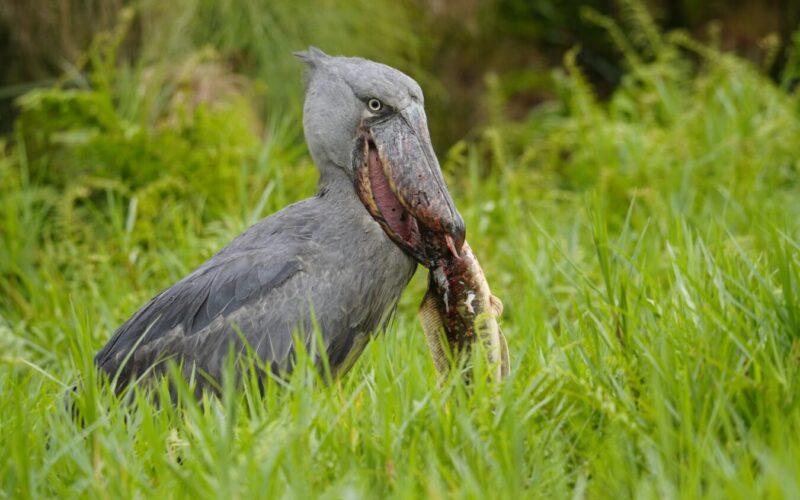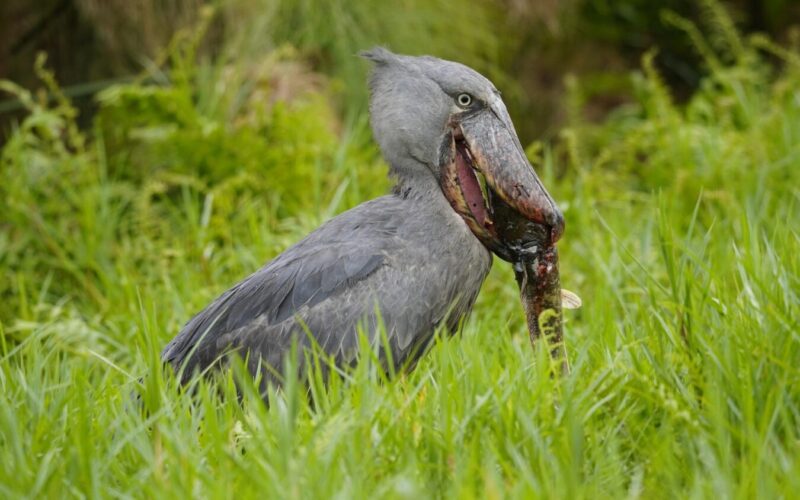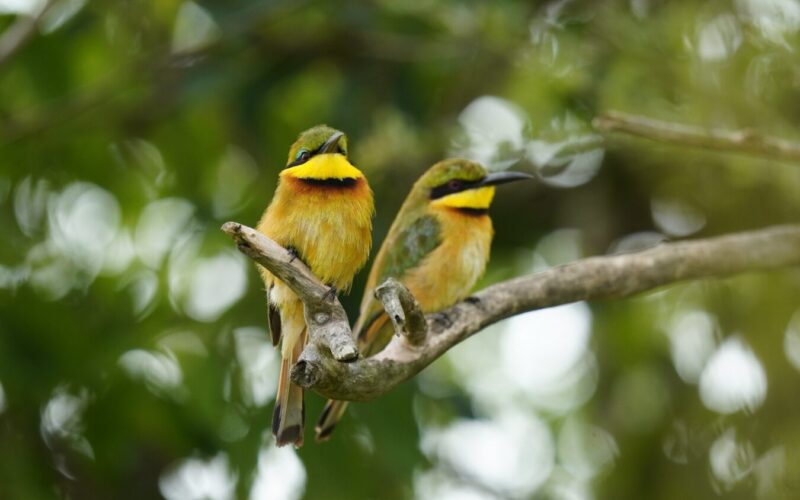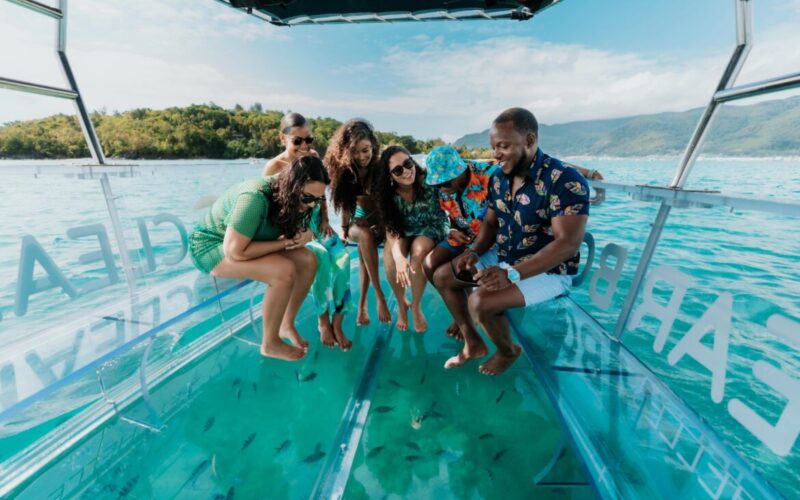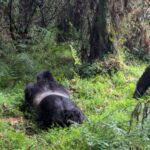
How Much Does It Cost to Go Gorilla Trekking in Rwanda?
October 8, 2025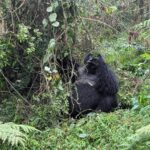
Difference Between Gorilla Trekking in Bwindi and Virunga
October 9, 2025How Expensive is Gorilla Trekking in Uganda?
Ultimate Uganda Gorilla Trekking Safari
Uganda, often referred to as the “Pearl of Africa,” offers one of the most enthralling wildlife experiences in the world. How Expensive is Gorilla Trekking in Uganda? At the heart of this adventure lies Uganda Gorilla Trekking, a journey into lush, biodiverse forests where visitors encounter endangered mountain gorillas. Gorilla trekking in Uganda combines the thrill of a challenging hike with the profound opportunity to observe these gentle giants in their natural environment. Unlike typical wildlife safaris, this experience demands patience, physical readiness, and a deep respect for the creatures and their habitat.
Uganda Gorilla Safaris are more than just wildlife encounters; they are immersive journeys into the cultural and ecological heart of East Africa. Whether travelers come from Botswana, Namibia, South Africa, Kenya, Tanzania, Zanzibar, or Victoria Falls, Uganda offers a safari that seamlessly blends adventure, conservation, and authentic local engagement. The experience extends beyond gorilla trekking to include interactions with indigenous communities, forest walks observing rare primates and bird species, and stays in lodges designed to complement the natural landscape. The journey is a balance of physical challenge, luxury, and educational insight, ensuring that travelers leave with lasting memories and a deepened appreciation for Uganda’s conservation efforts.
Planning a gorilla trekking adventure in Uganda requires understanding the costs, logistics, and the unique experiences associated with both standard and habituation permits. By examining the financial investment, travelers can make informed decisions that align with their expectations, budget, and preferred level of adventure.
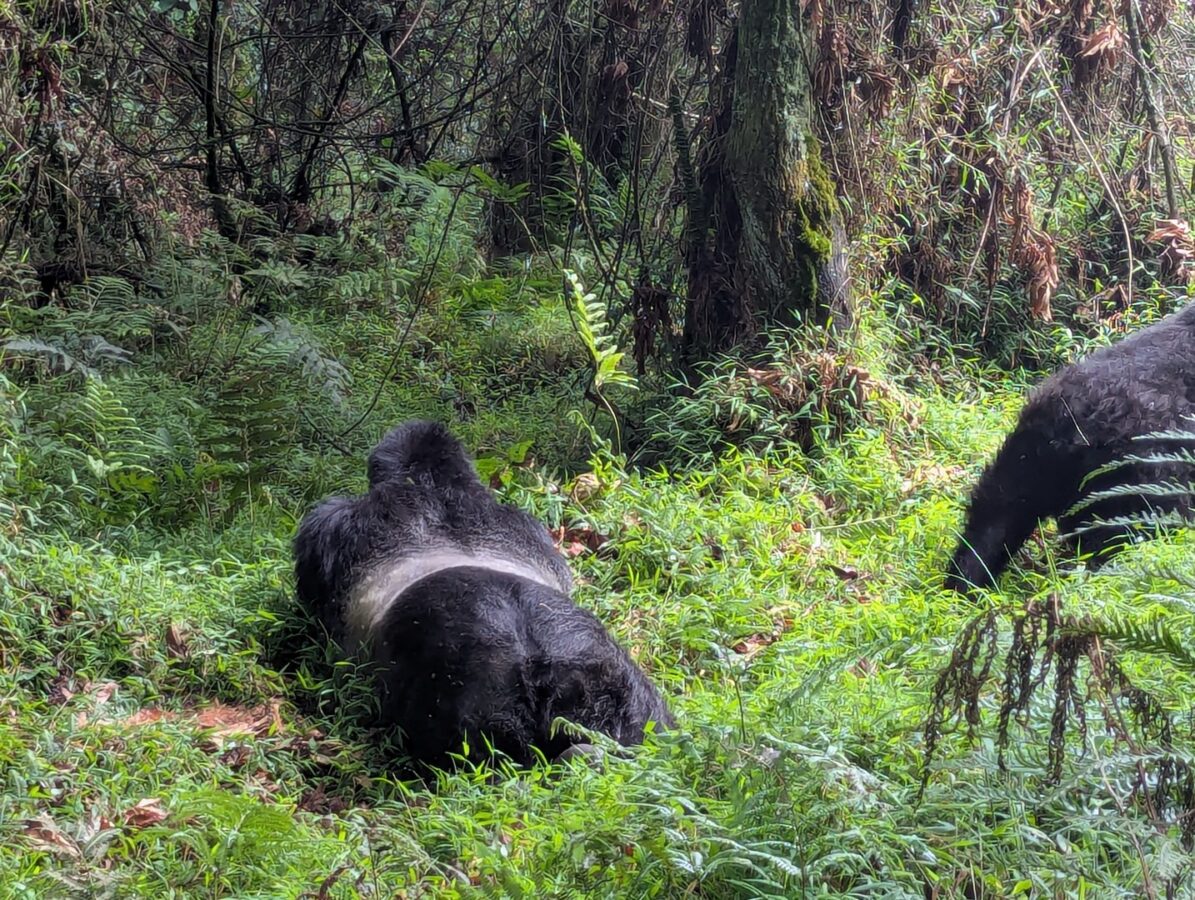
How Expensive is Gorilla Trekking in Uganda?
Gorilla Trekking Permit Costs in Uganda
A central component of any Uganda Gorilla Trekking Safari is the permit, which grants visitors access to view gorilla families in their natural habitat. For foreign non-residents, the standard gorilla trekking permit costs USD $800 per person, allowing one hour with the gorillas. This fee is essential for conservation, supporting anti-poaching initiatives, habitat maintenance, and community programs surrounding the national parks.
Foreign residents of Uganda benefit from a reduced permit cost of $700, while citizens of the East African Community (EAC) pay UGX 300,000. Citizens from the rest of Africa (ROA) have a permit fee of $500. These scaled pricing structures reflect efforts to encourage regional tourism and provide affordable access to locals while maintaining sustainable conservation funding.
For those seeking a more profound encounter, Uganda offers gorilla habituation permits, which provide up to four hours with the gorillas under the guidance of experienced trackers. This immersive option is particularly popular among wildlife photographers, conservation enthusiasts, and travelers desiring extended observation of gorilla social interactions. For foreign non-residents, habituation permits cost $1,500, while foreign residents pay $1,000, and EAC citizens pay UGX 750,000. These permits allow visitors to witness gorilla behavior in greater detail, from feeding patterns to social bonding within the group.
Gorilla permits are limited, ensuring minimal disruption to gorilla families. Booking well in advance is crucial, particularly during peak travel seasons from June to October and December to February, when both the weather and wildlife activity are optimal.
Additional Costs Beyond Gorilla Permits
While the permit is the primary expense for a Uganda Gorilla Trekking Tour, several additional costs contribute to the overall safari budget. Understanding these elements ensures travelers can prepare for the total investment and enjoy the experience without unexpected financial surprises.
Accommodation Costs
Uganda offers a wide range of lodging options near gorilla trekking destinations such as Bwindi Impenetrable National Park and Mgahinga Gorilla National Park. Budget accommodations start at approximately $50–$100 per night, providing simple lodges or campsites with basic amenities. Mid-range lodges often range from $200–$400 per night and offer comfortable rooms, guided nature walks, and inclusive meals. Luxury lodges, with rates between $700–$1,500+, provide panoramic forest views, fine dining, private guides, and curated cultural experiences.
Many lodges incorporate community programs, such as visits to Batwa villages, traditional dance demonstrations, or craft workshops. Staying at these lodges enhances the Uganda Gorilla Trekking Safari experience by blending comfort with cultural immersion and ecological awareness.
Transportation Costs
Transportation expenses include transfers from Entebbe International Airport to national parks, park entrance fees, and optional flights to remote destinations. Road transfers often involve scenic drives through Uganda’s verdant highlands, providing travelers with a glimpse of rural communities, terraced farms, and rolling hills. Air travel may be necessary for expeditions to distant parks, offering time efficiency and unique aerial perspectives of the landscape.
Porters and Physical Assistance
Hiring porters is common practice in Uganda, especially for trekkers carrying heavy gear or needing assistance on steep trails. Porter services typically cost $15–$20 per trek and significantly enhance the trekking experience. For visitors with limited mobility, renting a sedan chair staffed by trained porters is possible, providing safe and comfortable access to gorilla habitats.
Tips and Gratuities
Guides, trackers, and lodge staff are essential to the success of a gorilla trekking experience. It is customary to tip guides and porters, with recommended amounts varying by the duration and difficulty of the trek. These tips acknowledge their expertise and dedication, ensuring high-quality service and continued support for local employment.
Meals and Beverages
While many safari packages include meals, independent travelers should budget for daily food and drinks, particularly if they plan excursions outside their lodge or park. Freshwater, packed lunches, and traditional Ugandan meals are readily available, providing both sustenance and cultural culinary exposure.
Tour Operator Fees and Markups
Booking a Uganda Gorilla Trekking Safari through a reputable tour operator like Deks Tours offers convenience, security, and seamless logistics. Operator packages typically include permits, accommodation, transportation, and guided activities, but company markups increase the overall cost. These fees reflect the value of expert planning, safety assurance, and access to exclusive cultural and wildlife experiences.
Understanding the Value of Uganda Gorilla Trekking
While the costs may seem substantial, the investment in Uganda Gorilla Trekking directly supports conservation and community development. Gorilla trekking generates significant revenue for Uganda Wildlife Authority, which funds anti-poaching patrols, habitat preservation, and research initiatives. Local communities benefit through employment, cultural tourism, and educational programs, creating a sustainable tourism ecosystem that ensures gorillas thrive for future generations.
Beyond conservation, the experience itself is priceless. Trekking through Bwindi Impenetrable Forest immerses travelers in a misty, verdant world where every rustle of leaves may reveal a silverback or playful young gorilla. Observing gorillas in their natural environment offers profound insights into primate behavior, social bonds, and intelligence, leaving an indelible mark on every visitor.
The holistic value of a Uganda Gorilla Trekking Safari extends beyond monetary cost. It encompasses environmental stewardship, cultural connection, physical challenge, and the privilege of witnessing one of nature’s most majestic species. By understanding the full spectrum of costs and benefits, travelers can appreciate why these safaris remain a bucket-list experience worldwide.
Planning Your Uganda Gorilla Trekking Safari
Proper planning enhances both the affordability and enjoyment of a Uganda Gorilla Trekking Tour. Choosing the right time of year, selecting the appropriate permit, and considering optional cultural activities ensure a balanced and memorable adventure.
When to Visit
The dry seasons, typically from June to October and December to February, provide optimal trekking conditions. Trails are easier to navigate, wildlife is more visible, and gorillas are active, increasing the likelihood of meaningful encounters. Traveling during these months also coincides with favorable weather for photography and cultural excursions.
Selecting Permits
Visitors must decide between standard and habituation permits based on their preferences, physical capabilities, and budget. Standard permits offer one-hour encounters suitable for most travelers, while habituation permits allow up to four hours with gorillas, providing more in-depth observation and photography opportunities.
Cultural Experiences and Local Engagement
To enrich the safari, Deks Tours encourages travelers to engage with local communities. Visits to Batwa villages, forest conservation projects, and traditional craft workshops offer immersive cultural insights. Lodges often provide curated programs, including storytelling, traditional dances, and cooking demonstrations. These interactions enhance the safari’s narrative, connecting guests to Uganda’s human and wildlife heritage.
Why Book with Deks Tours for Uganda Gorilla Trekking?
Deks Tours specializes in creating customized Uganda Gorilla Trekking Safaris, ensuring every detail enhances your adventure. From securing permits to organizing accommodation, transportation, and expert guides, Deks Tours prioritizes convenience, safety, and authentic experiences. Travelers benefit from years of local expertise, reliable logistics, and access to exclusive cultural encounters that other operators cannot match.
Booking through Deks Tours guarantees a seamless journey from initial inquiry to post-safari reflection. Whether arriving from Kenya, Tanzania, South Africa, Botswana, Namibia, Zanzibar, or Victoria Falls, travelers can expect a high-quality, expertly managed safari tailored to their needs, ensuring both comfort and adventure are perfectly balanced.
Investing in a Transformative Adventure
Gorilla trekking in Uganda is a once-in-a-lifetime experience that combines adventure, conservation, and cultural immersion. While the financial investment may appear significant, it is justified by the unparalleled access to mountain gorillas, the support of local communities, and the creation of lasting memories. Travelers choosing Uganda Gorilla Safaris, Uganda Gorilla Tours, or combined East African wildlife itineraries gain more than a vacation they contribute to protecting one of the world’s most endangered species while exploring some of Africa’s most pristine landscapes.
Secure your Uganda Gorilla Trekking Safari today with Deks Tours and experience the majesty of the forest, the intelligence of gorillas, and the warmth of local communities. Your adventure awaits in the heart of Africa’s breathtaking wilderness.
Comparing Gorilla Trekking in Rwanda and Uganda
Making the decision between Rwanda and Uganda requires analyzing multiple factors, including accessibility, cost, physical difficulty, and overall safari experience. Both countries offer world-class gorilla trekking tours, but their strengths differ.
Factor | Rwanda | Uganda |
Permit Cost | $1,500 USD for international visitors | $800 USD for international visitors |
Accessibility | Shorter travel from Kigali International Airport; well-maintained roads | Longer travel times; remote locations |
Trekking Difficulty | Easier trails; less dense vegetation | Rugged terrain; longer, more challenging hikes |
Luxury Options | High-end lodges with curated cultural experiences | Mid-range lodges; immersive wilderness feel |
Gorilla Population | Fewer habituated gorilla families; higher probability of sightings | More habituated families; multiple trekking options |
Cultural Integration | Guided visits to nearby villages and cultural centres | Community engagement with local tribes; traditional storytelling |
This comparison highlights that Rwanda emphasizes convenience, comfort, and structured trekking, whereas Uganda offers a more adventurous and budget-friendly alternative for those willing to embrace a challenging environment.

